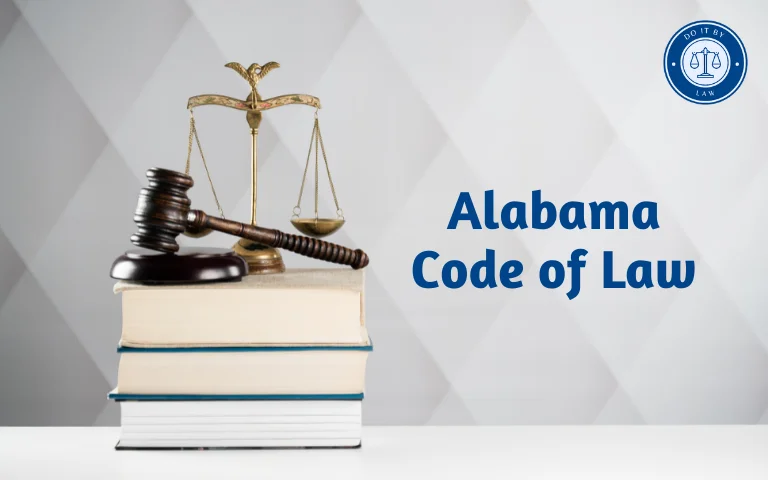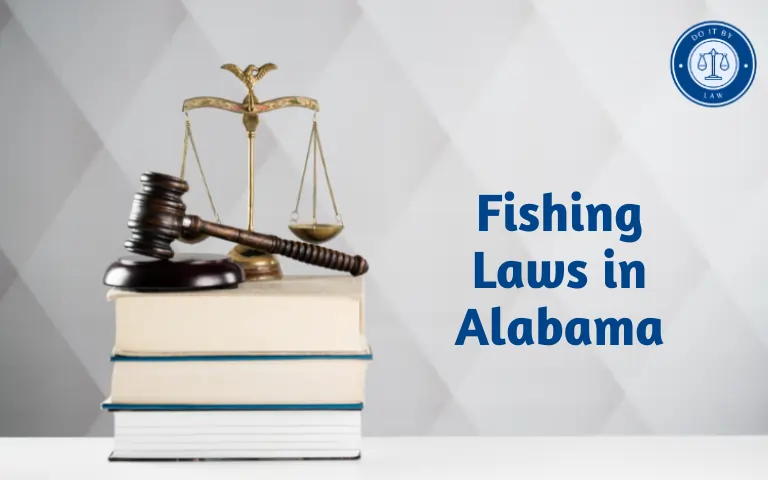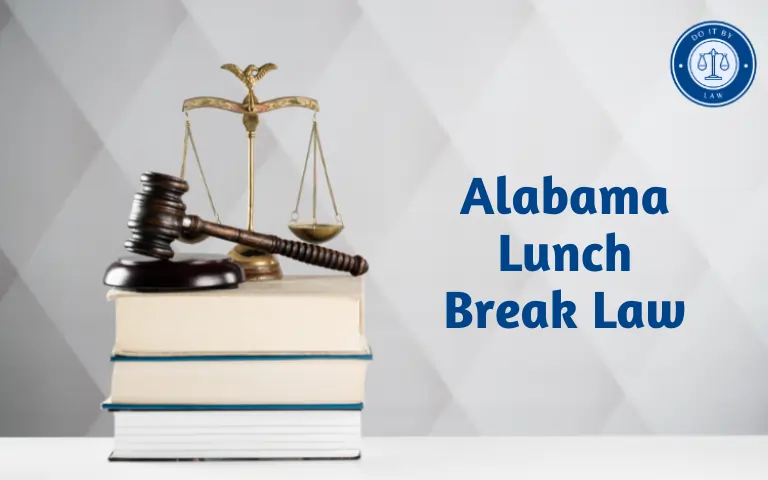Alabama Code of Law: What You Need to Know
The Code of Alabama contains the general and permanent statutes governing the state of Alabama. It is the codification of all laws and regulations that apply to residents, businesses, and visitors in the state. Understanding key aspects of the Alabama Code of Law can help citizens better comprehend their rights and responsibilities.
Background of the Alabama Code of Law
The Alabama Code originated from the Code of Alabama published in 1852. It represented the first official codification and compilation of statutes governing the state after it became part of the United States.
The practice of periodically publishing updated editions of the code continued over the following decades. The current official Code of Alabama is updated and published regularly by the Alabama Legislative Services Agency.
The most recent cumulative version is the 1975 Code of Alabama based on statutes enacted during the 1973 legislative session. Supplements are published annually to incorporate new laws.
Why Alabama Needs a Unified Alabama Code of Law
There are several important reasons Alabama maintains a codified set of laws:
- Provides a single organized reference covering statutes on all legal matters applicable statewide.
- Enables legislators, judges, attorneys, law enforcement, officials, and citizens to research the established law.
- Allows outdated or conflicting laws to be systematically repealed or reconciled through the codification process.
- Facilitates the expansion of law in a consistent manner through new statutes addressing emerging issues.
- Represents the current state of the law at any given point in time until superseded by legislative changes or court rulings.
Who the Alabama Code of Law Applies To
The statutes compiled in the Alabama Code apply to:
- All residents of the state of Alabama.
- Non-residents located within Alabama borders.
- Businesses, organizations, and other entities operating in Alabama.
- State and local government agencies and officials.
- Law enforcement officers, judges, and attorneys are tasked with interpreting, applying, or arguing the laws.
- Visitors, tourists, temporary workers, and anyone else present in Alabama are subject to its jurisdiction.
Ignorance of what is contained in the Code of Alabama is not an excuse. All individuals, groups, agencies, and businesses in the state are required to abide by applicable laws published in the code.
Key Contents of the Alabama Code of Law
The Alabama Code contains statutes organized into titles covering all regulated areas of law. Key Contents of the Alabama Code by Title:
- Title 1 – General Provisions
- Title 2 – Agriculture, including §2-2A-1 to 2-2A-12 – Alabama Commercial Feed Law
- Title 3 – Animals, including §3-1-29 – Cruelty to Animals
- Title 5 – Banks and Financial Institutions
- Title 6 – Civil Practice, including §6-5-332 – Damages for Medical Expenses
- Title 8 – Commercial Law and Consumer Protection
- Title 9 – Condemnation of Property
- Title 13A – Criminal Code, including §13A-6-121 – Capital Murder
- Title 15 – Criminal Procedure
- Title 16 – Education
- Title 17 – Elections
- Title 22 – Health, Mental Health, and Environmental Protection
- Title 27 – Insurance
- Title 28 – Intoxicating Liquor, Malt Beverages and Wine
- Title 32 – Motor Vehicles and Traffic
- Title 34 – Professions and Businesses
- Title 36 – Public Officers and Employees
- Title 38 – Public Welfare
- Title 39 – Public Works
- Title 40 – Revenue and Taxation
- Title 43 – Wills and Decedents’ Estates
Penalties for Violating Alabama Code of Law Provisions
- The specific penalties for violating a provision of the Alabama Code depend on the nature of the law broken.
- Criminal offenses list specific misdemeanor or felony classifications, fines, and sentences up to imprisonment.
- Regulatory violations generally incur civil fines but certain agency punishments like license revocation are also outlined.
- Some codes provide general categories of punishment that give discretion to judges on appropriate criminal or civil sanctions.
Recent Major Changes to the Alabama Code of Law
Some of the more substantial revisions incorporated in recent update supplements include:
- 2022 – Act 2022-199 regarding medical marijuana under Title 22.
- 2021 – Act 2021-413 enacting new absentee voting restrictions under Title 17.
- 2020 – Act 2020-32 defines rioting/aggravated rioting under Title 13A.
- 2019 – Act 2019-151 revising cannabis laws under Title 20.
- 2018 – Act 2018-383 updating internet sales tax under Title 40.
- 2015 – Amendments recognizing same-sex marriage under Titles 30 and 43.
Ongoing Controversies About Alabama Laws
There are regular controversies and debates over existing laws contained in the Alabama Code as well as proposals to add new statutes:
- Abortion restrictions under §26-23E-1 to 26-23E-13.
- Gender identity policies like the Alabama Vulnerable Child Compassion and Protection Act §26-13-3.
- Criminal justice reforms to laws under Title 15 like §15-18-8 – Habitual felony offender law.
- Tax incentives such as the Alabama Jobs Act §40-18-376.
- Local versus state control over subjects like firearms or minimum wage.
Main Takeaways About the Alabama Code of Law
In summary, main takeaways regarding the official Alabama Code of Law include:
- It represents the published body of general statutes governing Alabama, codified and updated annually.
- The code applies to all individuals, entities, agencies, and visitors within state jurisdiction.
- Violations carry criminal, civil, or administrative punishments based on the offense.
- New statutes modify laws while outdated provisions are repealed through codification.
- It provides the definitive reference for assessing the current state of Alabama law.
Frequently Asked Questions About the Alabama Code of Law
References to the Alabama Code of Law
Alabama Law Code Official Website
Alabama Law Overview – FindLaw







